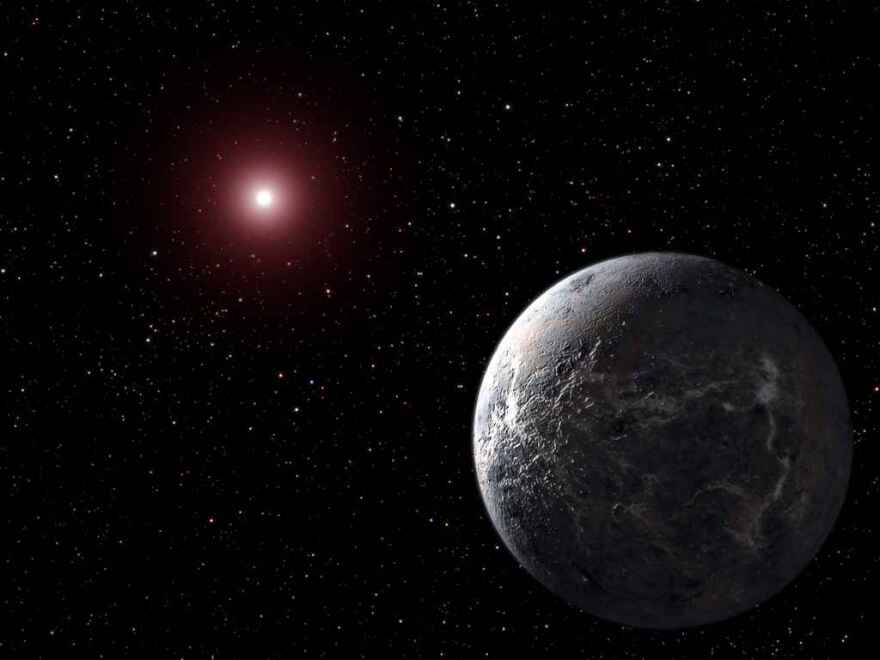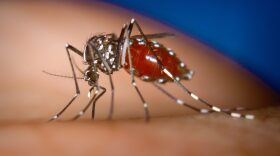When stars begin to reach the end of their lifecycle, they become larger. Surrounding planets lose their orbital energy and move closer — eventually being consumed by the star.
The Earth will eventually be swallowed by the Sun, but that won’t happen for at least another five billion years. The Sun is estimated to be about halfway through its lifecycle.
University of Hawaiʻi astronomers discovered three planets close to being absorbed by stars that are similar in mass to our Sun. They were detected using NASA’s TESS (Transiting Exoplanet Survey Satellite) space telescope.
"The changes that we’re expecting to see for the Sun are the same that we’re seeing in these different solar systems where the radius of the star increases, the star swells up and gets cooler, but the radius will increase so dramatically that we expect the inner planets in the Solar System to actually be consumed by the surface of the Sun itself," said Nick Saunders, a UH graduate student working on the project.
"So as the radius of the Sun pushes out, the inner planets all the way out to about the Earth will probably be inside the star at that point," Saunders said.
The three planets under observation (TOI-2337b, TOI-4329b, TOI-2669b) are within 2,000 light-years from the Earth.
The planet labeled TOI-2337b will be swallowed by its star in less than one million years. Out of all the currently observable planets, this will be consumed by a star the soonest.





